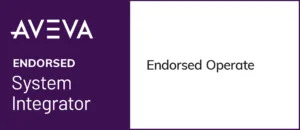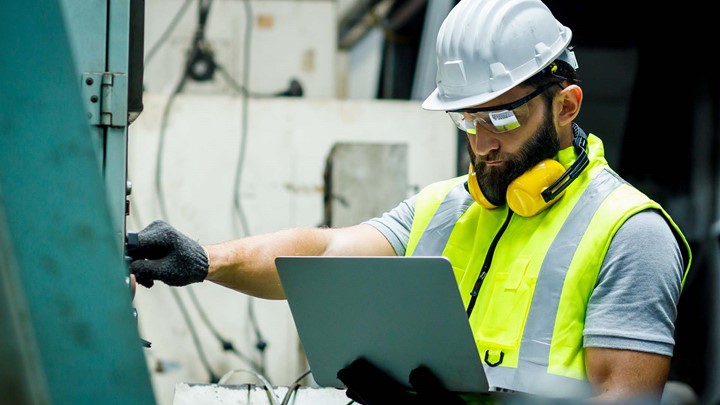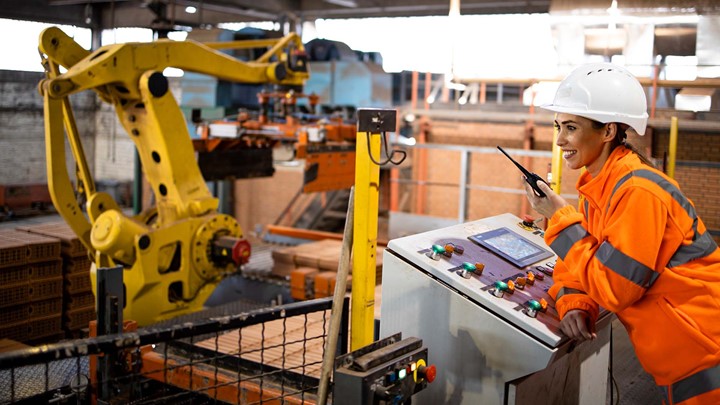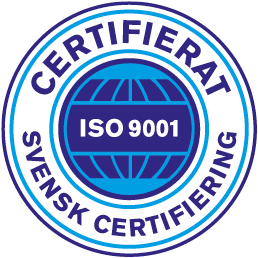Prioritizing assets based on business risk
Welcome to the third and final post in our three-part blog series on optimizing manufacturing operations. In this post, we’ll explore one of the most important considerations for manufacturing companies: prioritizing assets based on business risk.
Manufacturing companies rely on a wide range of assets to operate, including everything from production equipment to supply chain logistics and IT systems. Prioritizing these assets based on their importance and the potential risks they pose to the business is critical for maintaining operational efficiency and reducing downtime. In this post, we’ll examine some of the most effective strategies for prioritizing assets based on business risk, including:
- Risk assessment and management techniques
- The role of predictive maintenance in reducing asset downtime
- Strategies for implementing an effective asset prioritization system
What is asset prioritization?
Asset prioritization is the process of ranking assets based on their importance to business operations. It involves assessing the criticality of each asset and determining the potential impact on the business if that asset were to fail or be compromised.
Why is asset prioritization important?
Asset prioritization is important because it helps manufacturing companies allocate resources effectively. By prioritizing assets based on business risk, companies can focus their resources on the most critical assets first, ensuring that these assets are maintained, protected, and operational. This can minimize the impact of asset failure on business operations and revenue.
How to prioritize assets based on business risk?
- Identify critical business functions: The first step in asset prioritization is to identify the critical business functions that rely on assets. This can include production, supply chain management, customer service, and finance.
- Assess asset criticality: Once the critical business functions are identified, the next step is to assess the criticality of each asset that supports these functions. This can include production equipment, IT systems, and the physical building itself.
- Determine potential impact: After assessing asset criticality, the next step is to determine the potential impact on the business if that asset were to fail or be compromised. This can include lost revenue, reduced productivity, increased downtime, and decreased customer satisfaction.
- Develop mitigation strategies: Once the potential impact is determined, the next step is to develop mitigation strategies for each asset. This can include maintenance plans, backup systems, and disaster recovery plans.
- Monitor and adjust: Asset prioritization is not a one-time process. It requires ongoing monitoring and adjustment based on changes in business operations, asset criticality, and potential impact.
Conclusion
Asset prioritization is a critical component of operational risk management for manufacturing companies. By prioritizing assets based on business risk, companies can allocate resources effectively, minimize the impact of asset failure on business operations and revenue, and ensure that critical business functions are supported by the necessary assets. By developing mitigation strategies, monitoring and adjusting the prioritization process, manufacturing companies can stay competitive in an increasingly challenging marketplace.
Roima is an authorized AVEVA Endorsed System Integrator, offering expert guidance and support for clients looking to optimize their operations with AVEVA’s industrial software solutions. With our experience and knowledge, we can help clients select, implement, and optimize the right solution for their needs. Contact us today to learn more.
- Total: 2
-
Minimizing waste while
Minimizing waste while increasing effectiveness and productivity
Content type: Blogg -
Increasing awareness
Increasing awareness throughout operations to drive better decisions
Content type: Blogg
- Total: 2




